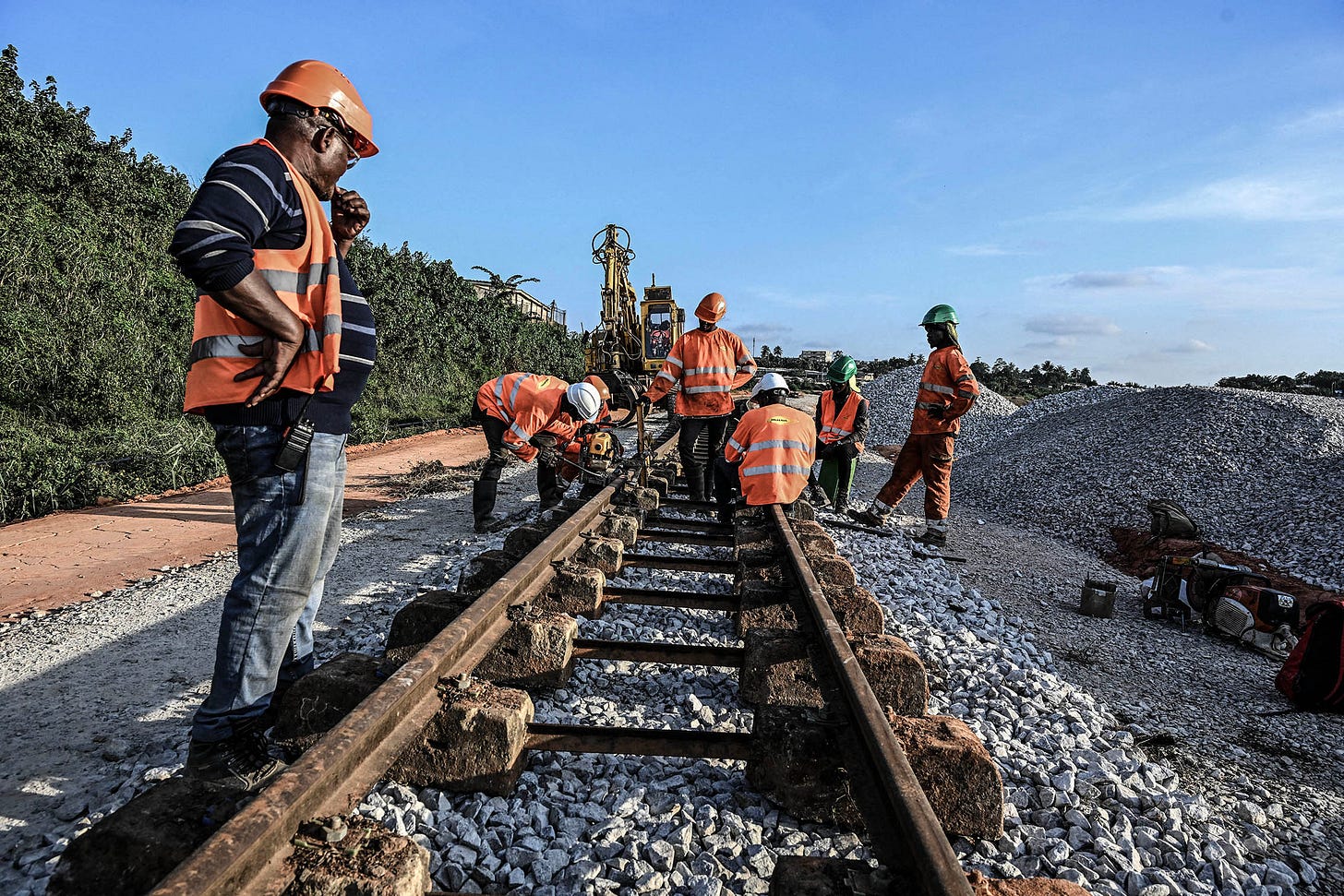We can’t just sit around and wait for debt relief
The debt crisis facing African nations is real. Here is what our governments can do about it.
Aimé Muligo Sindayigaya

Africa’s national debt – the amount of money that our governments owe to creditors – reached $1.8-trillion in 2022, up 183% from 2010, according to the latest available figures from the United Nations Trade and Development agency. That increase is extraordinary but also explainable.
First of all, 60% of African countries are among the least developed. They need development financing because they can’t generate enough revenue at home. Africa’s average tax collections remain low, at just 16% of GDP.
Then, there is the succession of unexpected events, such as the global financial crisis in 2008, the pandemic in 2020, and the ongoing full-scale war in Ukraine that started in 2022. All of these exacerbated Africa’s pre-existing social and economic difficulties, and meant that states had to borrow just to deal with these external shocks, while also investing in development.
Finally, development aid to Africa has declined. An increasing proportion of this aid is coming in the form of loans instead. And Africa’s creditor composition has changed too. More of the continent’s loans are from the private sector, which lends at higher interest rates compared to bilateral and multilateral creditors.
Whatever its triggers and drivers, the current Africa debt situation is alarming.
The number of African states under or at risk of debt distress doubled between 2014 and 2024. Africa’s debt interest payments have also skyrocketed, from $61-billion in 2010 to $163-billion by 2024. While public debt has also increased in other regions like Asia and Oceania, Latin America, and the Caribbean, only in Africa has it outpaced GDP growth. Between 2019 and 2021, African states spent more on debt servicing than on health and education.
Growing calls for debt relief
Because many developing countries are struggling with debt payments, calls for relief are getting louder.
The most recent call came from the United Nations Development Programme, which says that the 4th International Conference on Financing for Development in June should focus on three key areas to reform financing at all levels. That is: access to an effective mechanism for restructuring loans for all nations when necessary; debt forgiveness for the poorest countries; and ways to lower the cost of borrowing for developing economies. Former African leaders made a similar proposal on the sidelines of a G20 finance meeting in South Africa in February.
Like the Initiative for Heavily Indebted Poor Countries, which provided debt relief to African countries in the 2000s, the new proposals depend on the goodwill of financiers: developed states and private creditors. But there are various steps African countries can and should take regarding debt that don’t put the ball in someone else’s court.
Action plan
African states must prioritise the fight against illicit financial flows. These are cross-border movements of money and assets that are illegal in their source, transfer, or usage. Stopping illicit cash flight may net Africa an estimated $89-billion each year.
African governments must also re-evaluate the tax expenditures intended to attract investment. Africa loses 2.5% of its GDP as a result of tax incentives to investors. In 2019 alone, sub-Saharan African countries sacrificed over $46-billion in tax income. That’s more than they owe in debt service payments next year ($35-billion).
Inefficiency in government spending, which is higher in Africa than other regions, must also be addressed. It costs African nations more than 2.5% of GDP each year. Data from 2000 to 2017 shows that leaks in education and infrastructure spendings resulted in a loss of more than $40-billion per year.
African states must also be more transparent about their borrowing. Not only would this keep citizens informed about how their governments spend borrowed monies, but it has also been demonstrated that debt-transparent countries have higher credit ratings, reduced borrowing costs, and attract more foreign investment. Unfortunately, according to the World Bank’s 2024 debt reporting heat map, just two African states – Burkina Faso and Benin – are transparent and have met all requirements by disclosing debt figures and documentation on national government websites.
Of course, all these reforms will require African nations to strengthen their institutions and governance. Poor institutional quality is one of the enablers of illicit financial flows in Africa and weak governance across public institutions are inefficient spenders. If the latter were rectified, African states could potentially recover more than 50% of the return on infrastructure investments and lower the interest rate premiums levied by creditors when the market perceives African countries as weak in governance.
These measures won’t solve the debt crisis on their own. But they are a start – and mean that the continent will be ready to take advantage if and when a broader debt deal is agreed upon.



